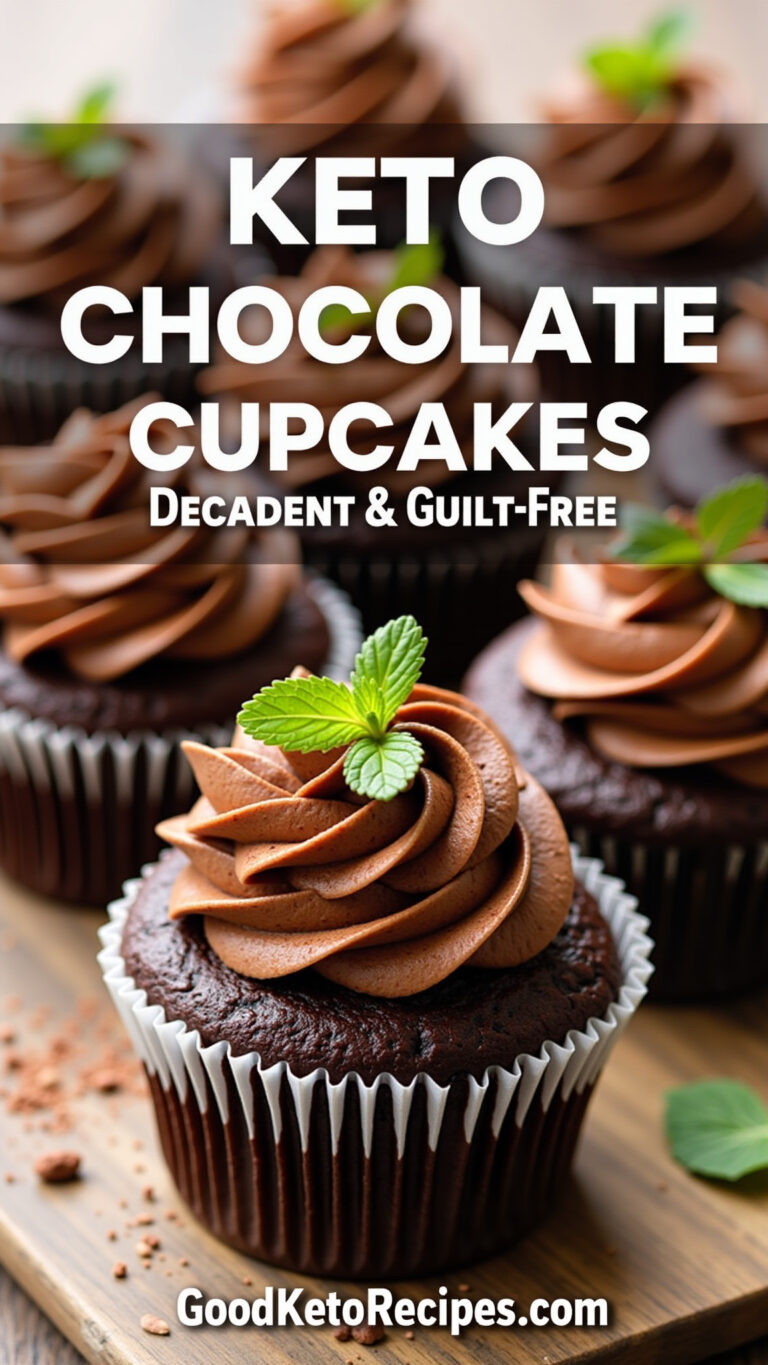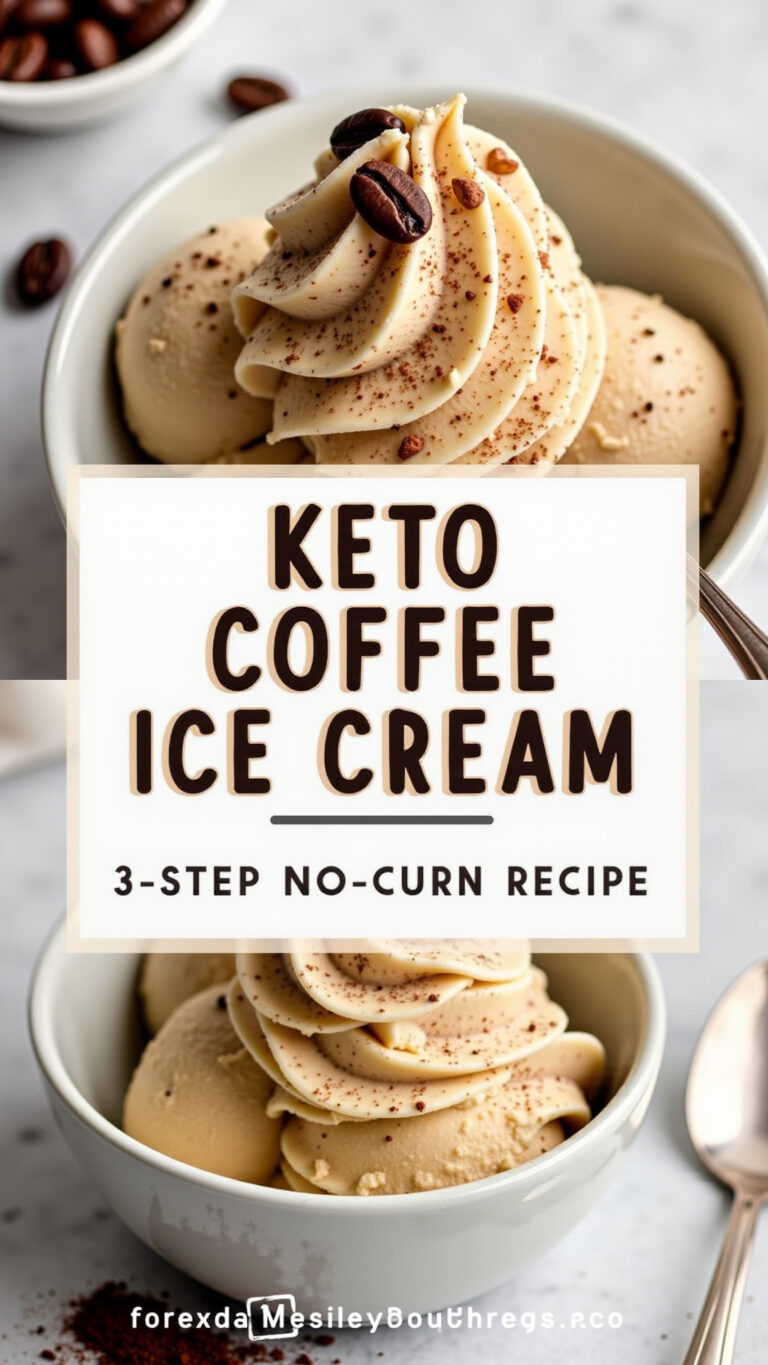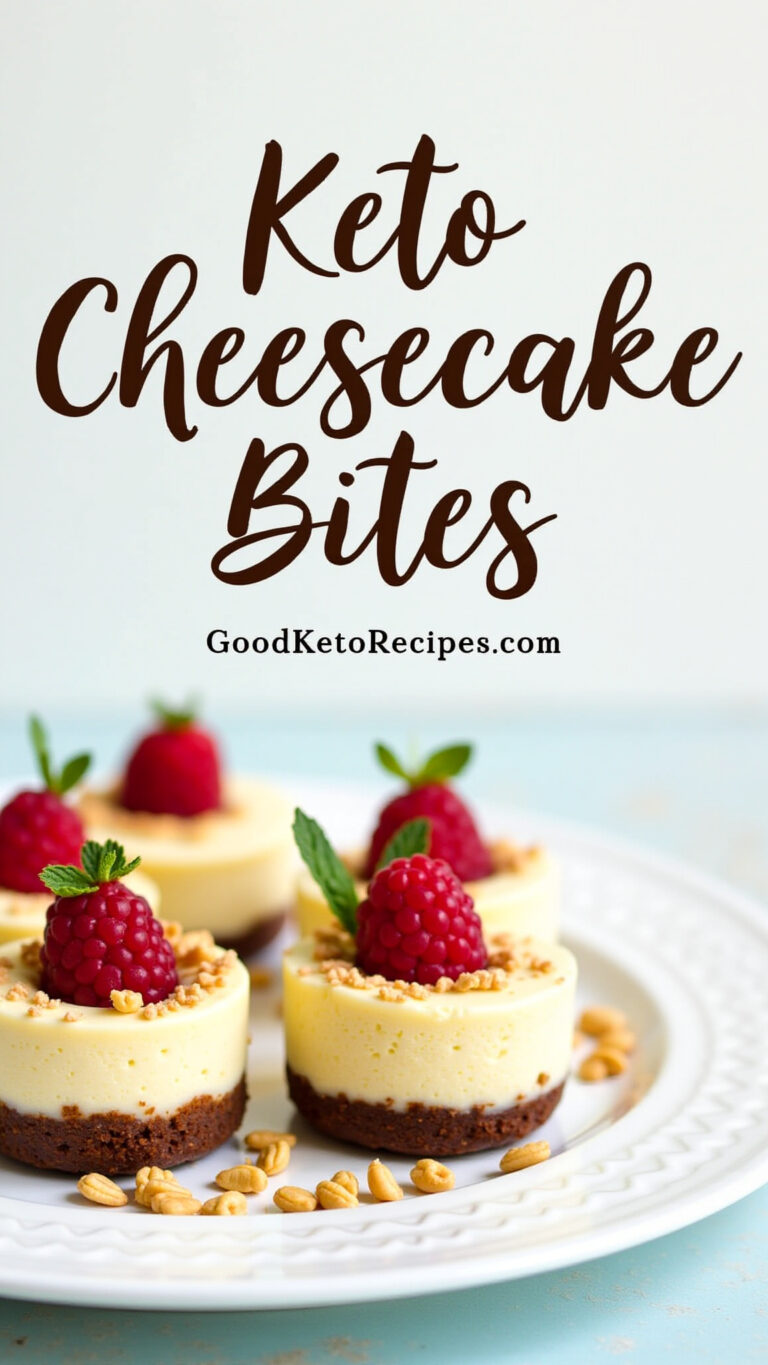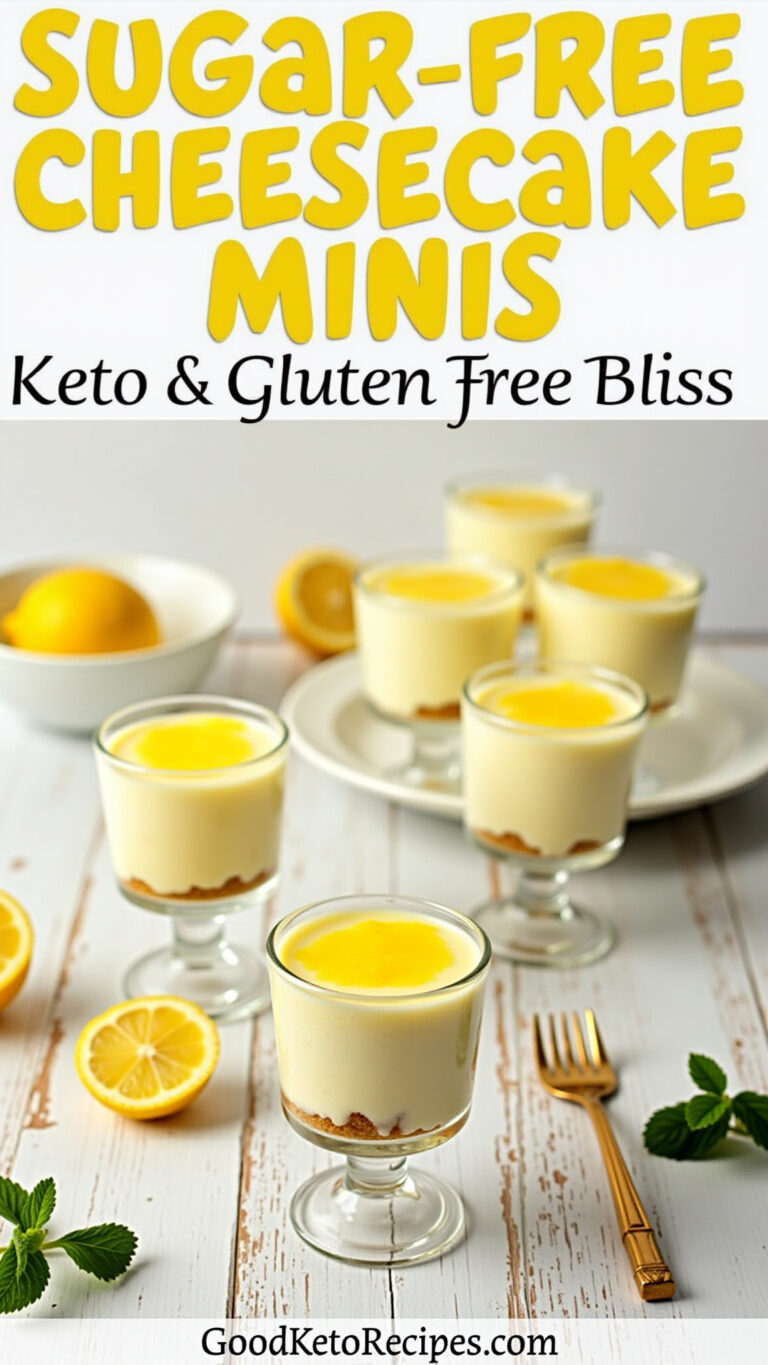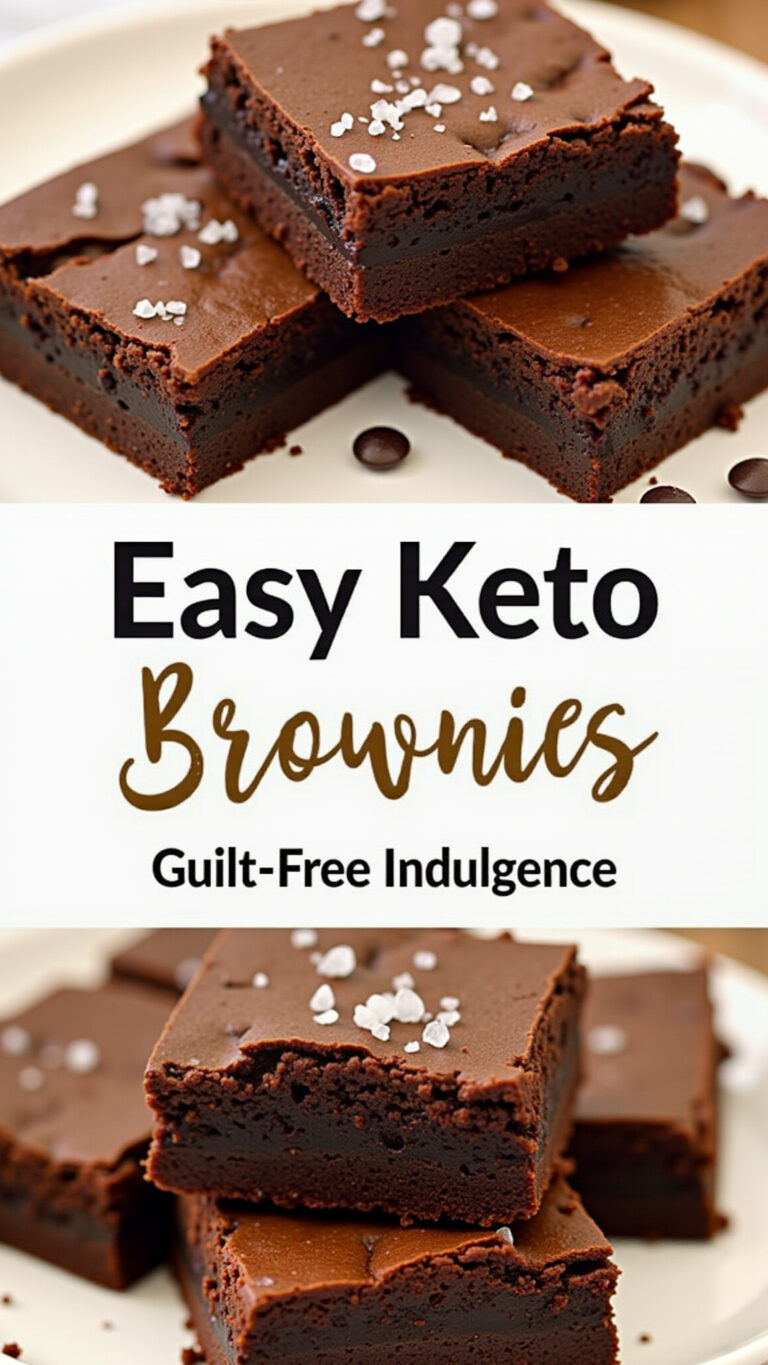Coconut Flour Chocolate Chip Cookies: A Guilt-Free Treat
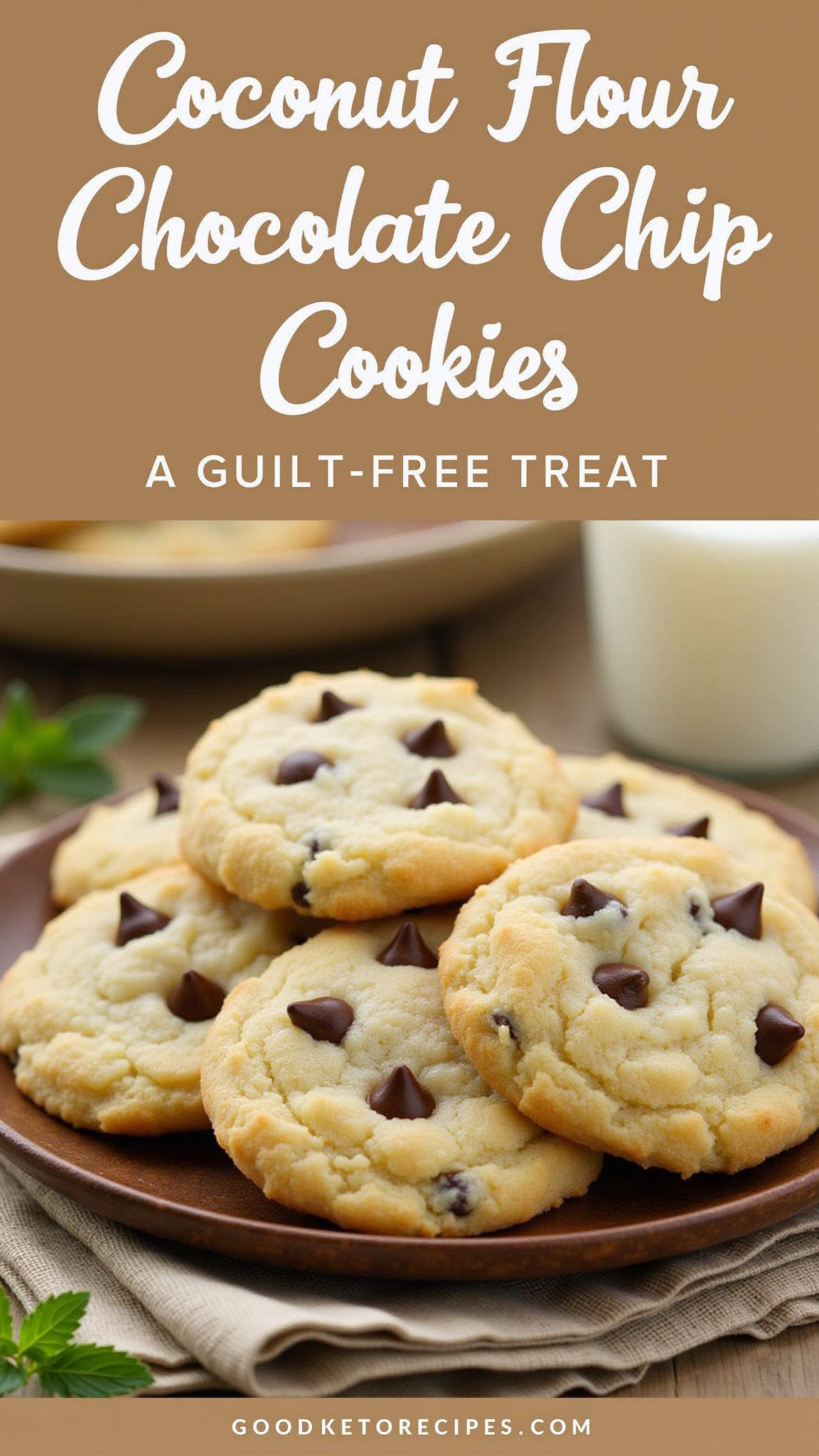
Coconut flour chocolate chip cookies offer a delicious and healthy alternative to traditional cookies. This recipe caters to those seeking gluten-free, grain-free, and sugar-free options without sacrificing taste or texture. This article will explore the benefits of coconut flour, guide you through a detailed recipe, and provide tips for achieving the perfect batch of sugar-free chocolate chip cookies every time.
Why Coconut Flour? The Healthier Choice
Coconut flour boasts several advantages over wheat flour, making it an excellent choice for health-conscious bakers:
- Gluten-Free and Grain-Free: Ideal for individuals with celiac disease, gluten intolerance, or those following a paleo or grain-free diet.
- High in Fiber: Promotes digestive health, helps regulate blood sugar levels, and contributes to a feeling of fullness.
- Rich in Healthy Fats: Contains medium-chain triglycerides (MCTs), which are easily digested and converted into energy.
- Lower in Carbohydrates: Compared to wheat flour, coconut flour has fewer digestible carbohydrates.
- Unique Flavor: Imparts a subtle coconut flavor that complements chocolate chips beautifully.
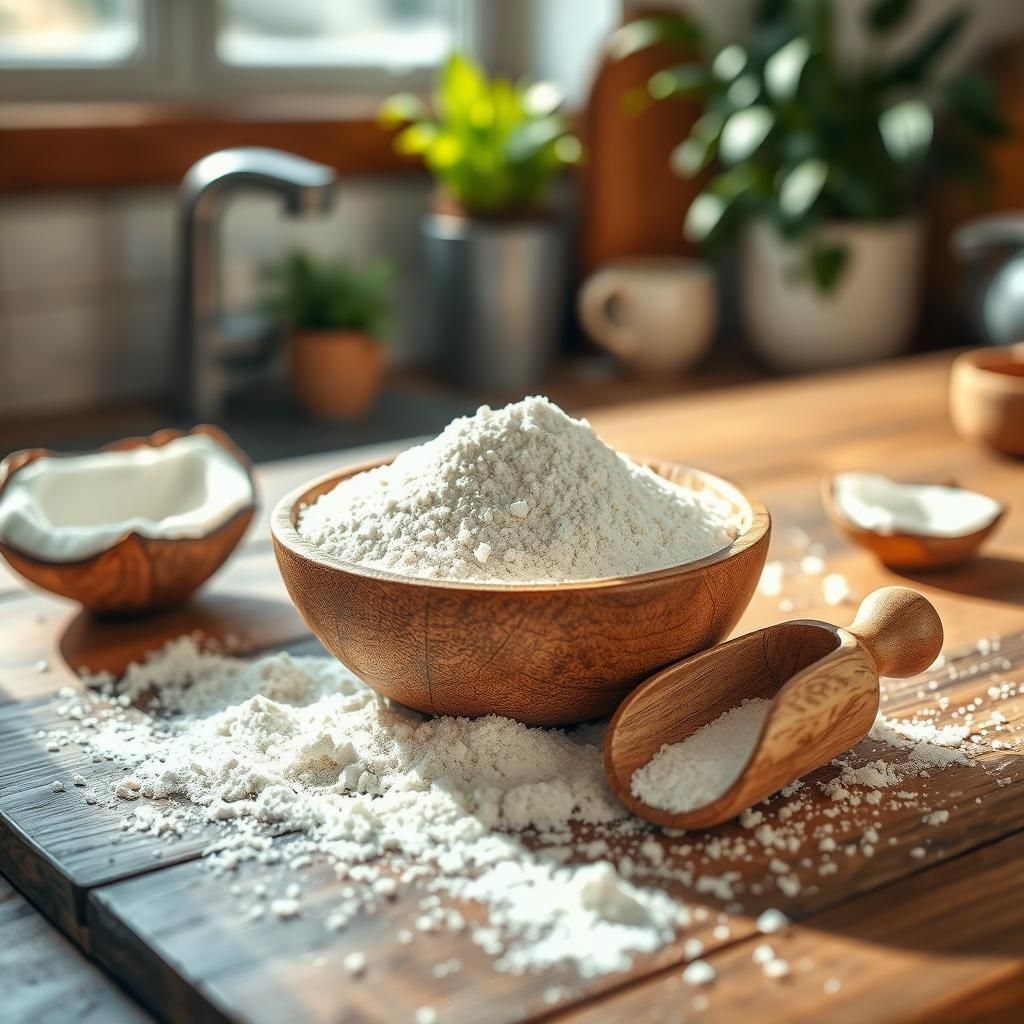
Understanding Coconut Flour’s Unique Properties
Coconut flour behaves differently than wheat flour due to its high fiber content. It’s incredibly absorbent and requires more liquid in recipes. It’s important to follow recipes specifically designed for coconut flour to avoid dry, crumbly results.
Crafting the Perfect Sugar-Free Chocolate Chip Cookie
This recipe provides a step-by-step guide to creating delicious and satisfying coconut flour sugar-free chocolate chip cookies.
Ingredients: Your Shopping List
- 1 cup Coconut Flour: The foundation of our gluten-free cookie.
- 1/2 cup Sugar-Free Sweetener: Erythritol, Stevia, Monk Fruit, or your preferred sugar substitute.
- 1/2 cup Unsalted Butter, Softened: Adds richness and moisture.
- 2 Large Eggs: Binds the ingredients and provides structure.
- 1 teaspoon Vanilla Extract: Enhances the flavor.
- 1/2 teaspoon Baking Soda: Leavens the cookies for a light and airy texture.
- 1/4 teaspoon Salt: Balances the sweetness and enhances the other flavors.
- 1 cup Sugar-Free Chocolate Chips: The star of the show!
- 2 tablespoons Unsweetened Almond Milk (or other non-dairy milk): Adds extra moisture if needed.
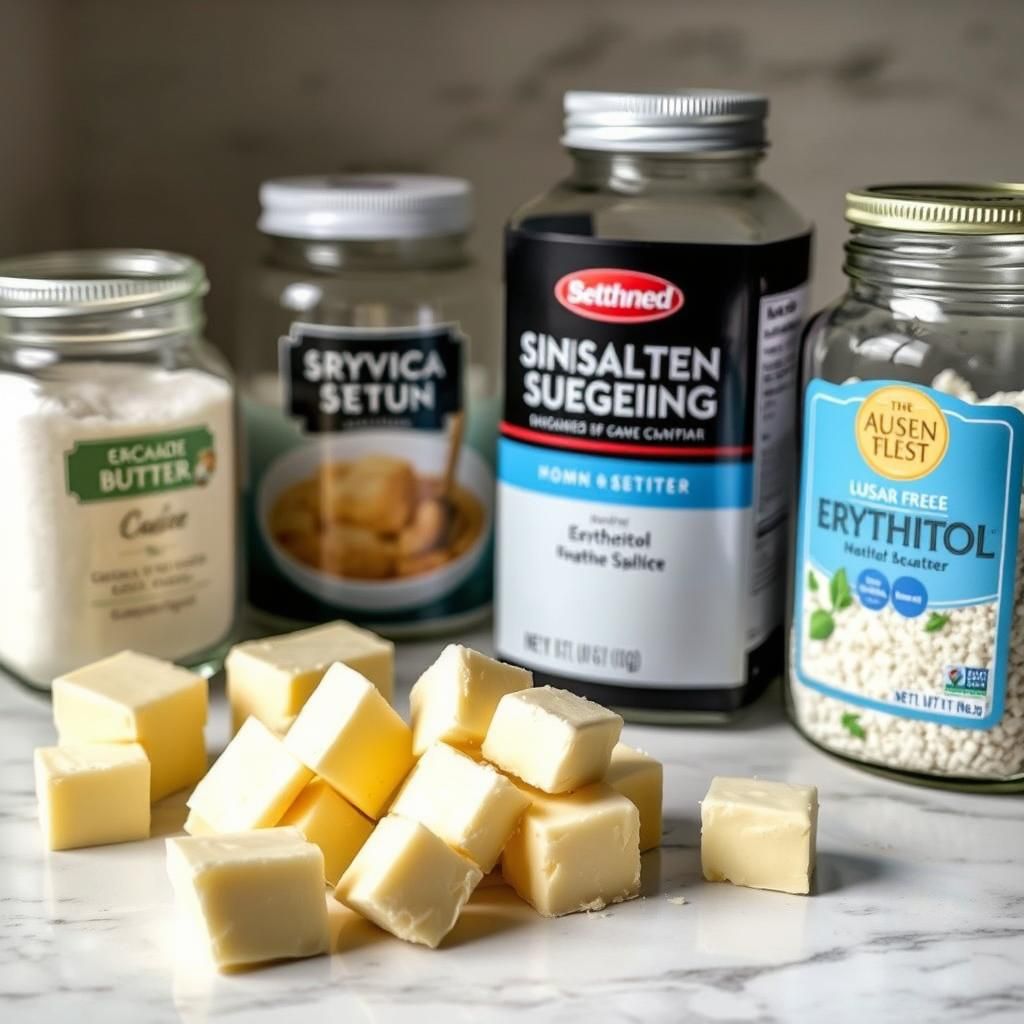
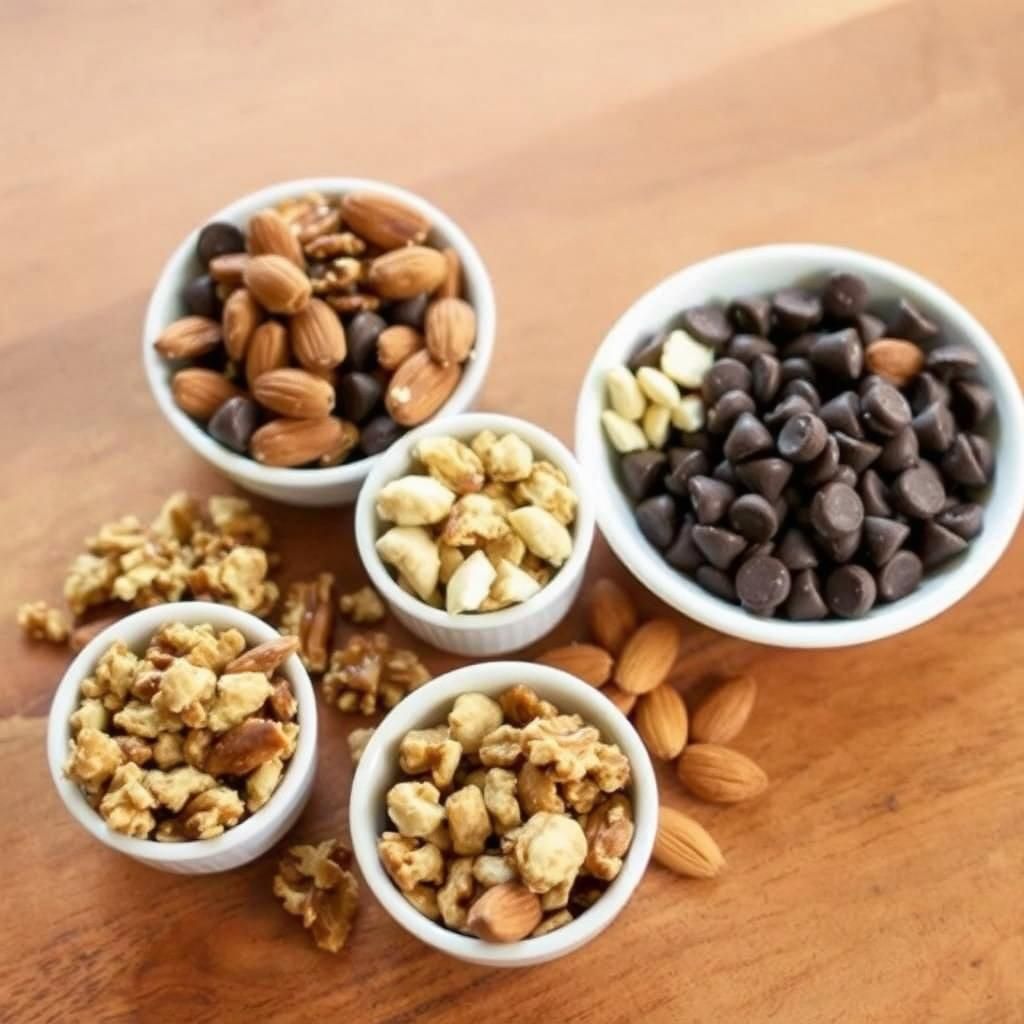
Step-by-Step Baking Instructions
- Preheat and Prepare: Preheat your oven to 350°F (175°C). Line a baking sheet with parchment paper.
- Combine Dry Ingredients: In a medium bowl, whisk together the coconut flour, sugar-free sweetener, baking soda, and salt. This ensures even distribution of ingredients.
- Cream Butter and Sweetener: In a separate large bowl, cream together the softened butter and sugar-free sweetener until light and fluffy. An electric mixer is recommended for this step.
- Incorporate Eggs and Vanilla: Beat in the eggs one at a time, then stir in the vanilla extract. Ensure each egg is fully incorporated before adding the next.
- Combine Wet and Dry: Gradually add the dry ingredients to the wet ingredients, mixing until just combined. Be careful not to overmix.
- Add Chocolate Chips: Fold in the sugar-free chocolate chips.
- Adjust Consistency (If Needed): If the dough seems too dry, add almond milk one tablespoon at a time until it reaches a scoopable consistency. Coconut flour can vary in absorbency.
- Scoop and Bake: Drop rounded tablespoons of dough onto the prepared baking sheet, leaving about 2 inches between each cookie.
- Bake: Bake for 10-12 minutes, or until the edges are golden brown and the centers are set.
- Cool: Let the cookies cool on the baking sheet for a few minutes before transferring them to a wire rack to cool completely. This prevents them from breaking.
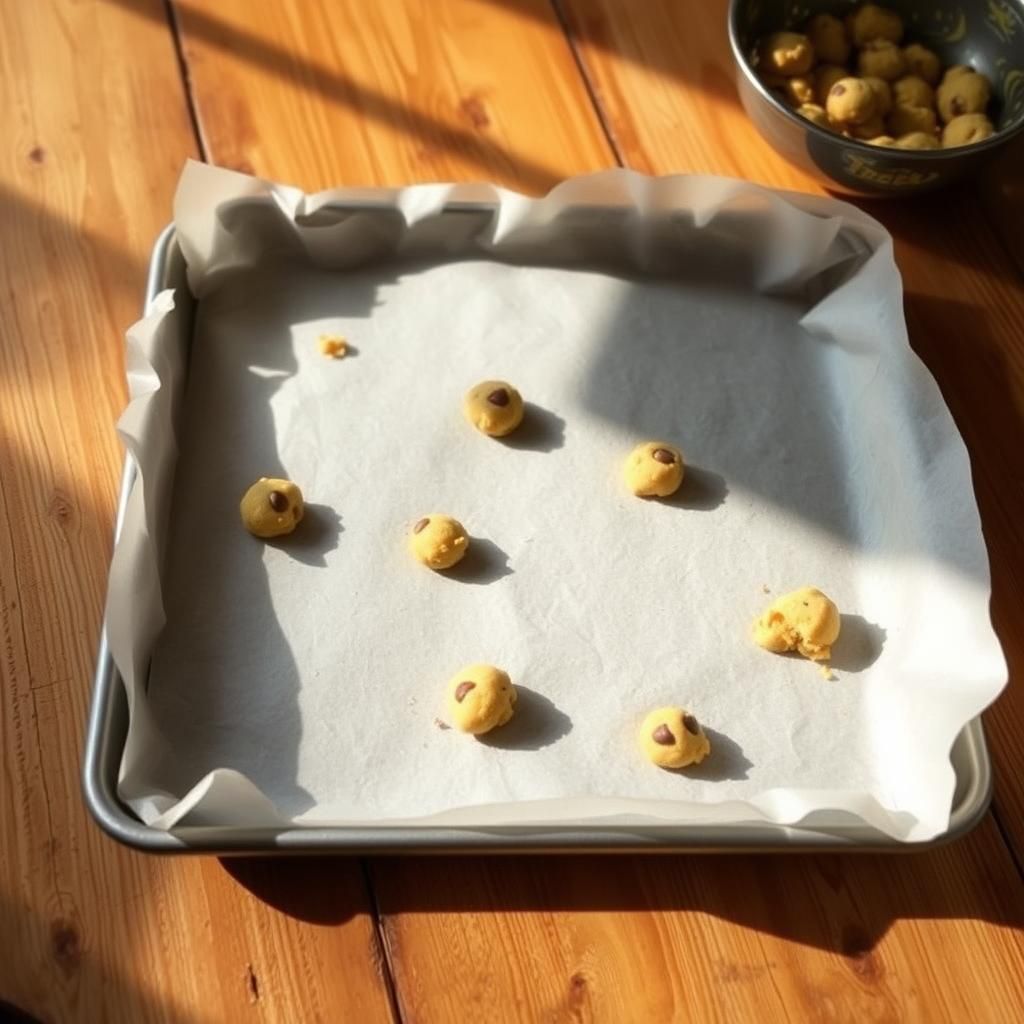
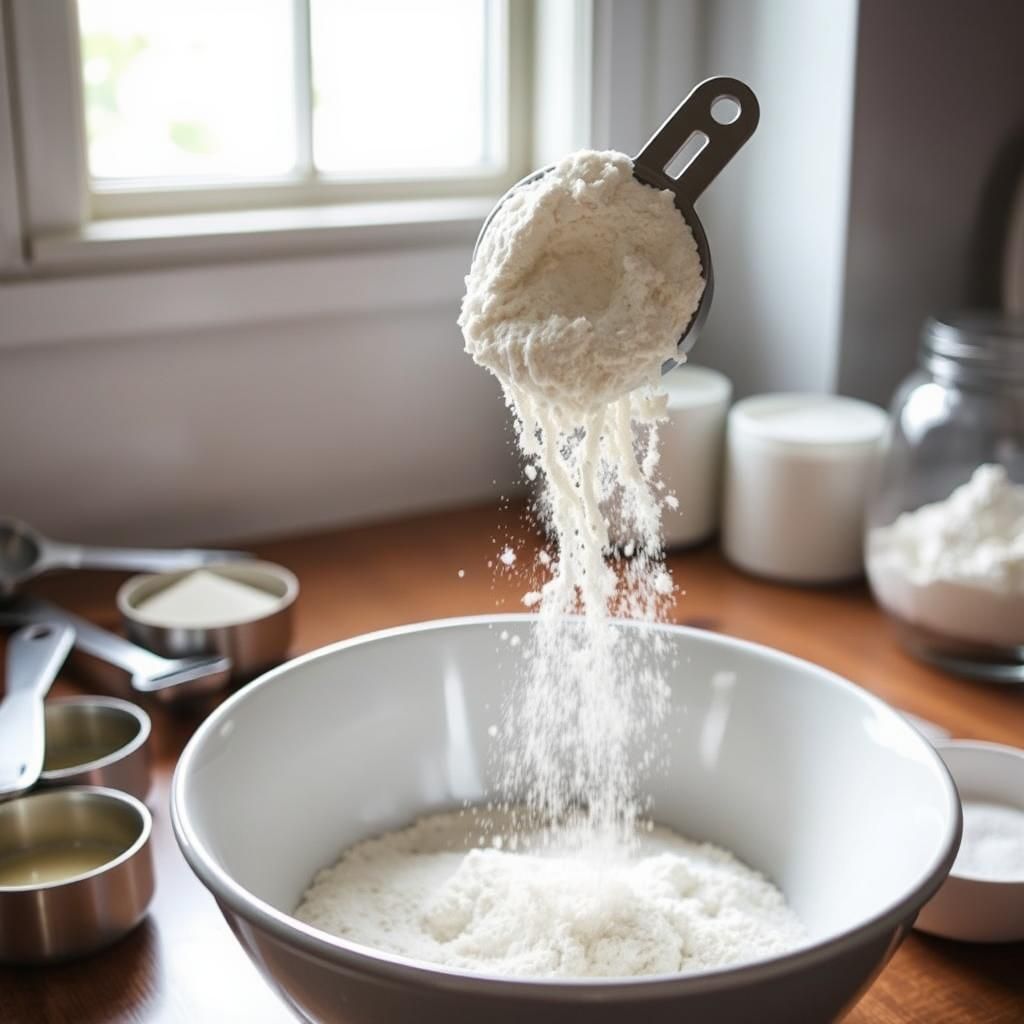
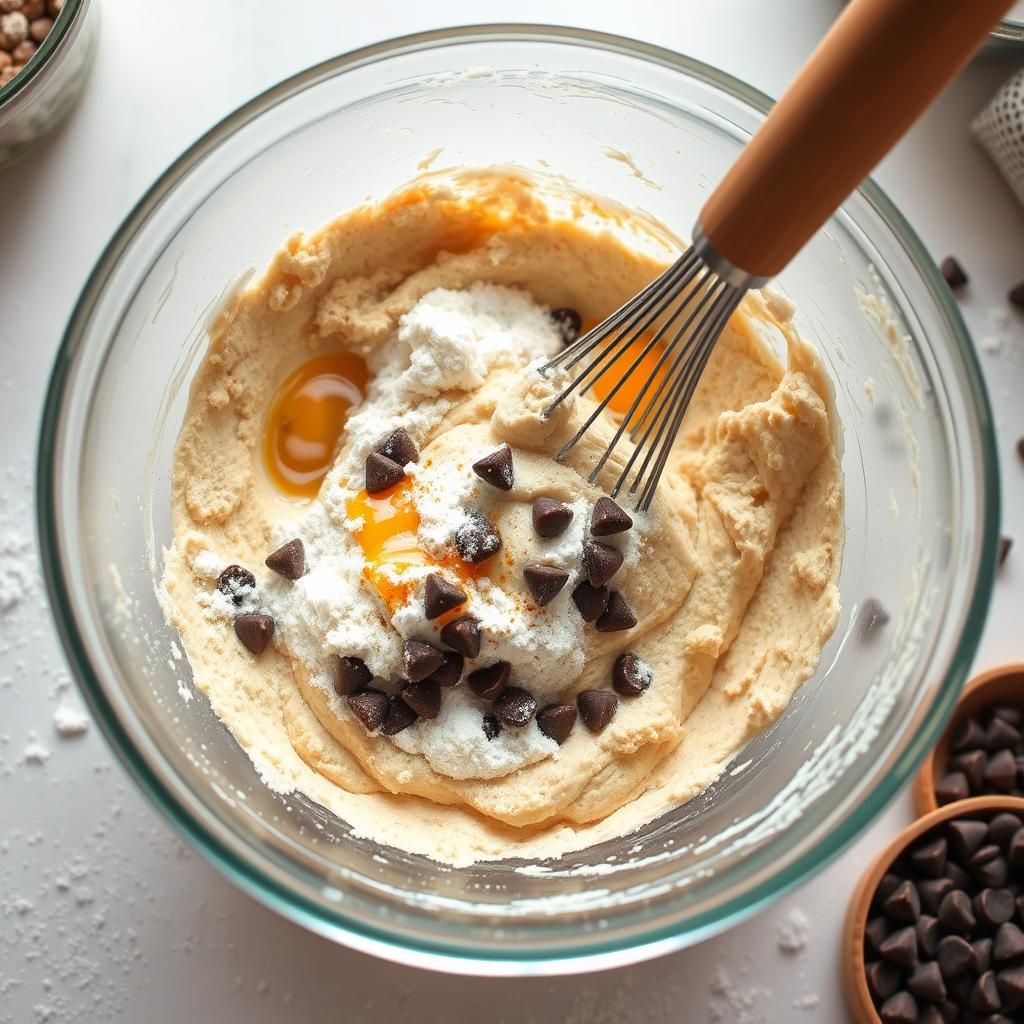
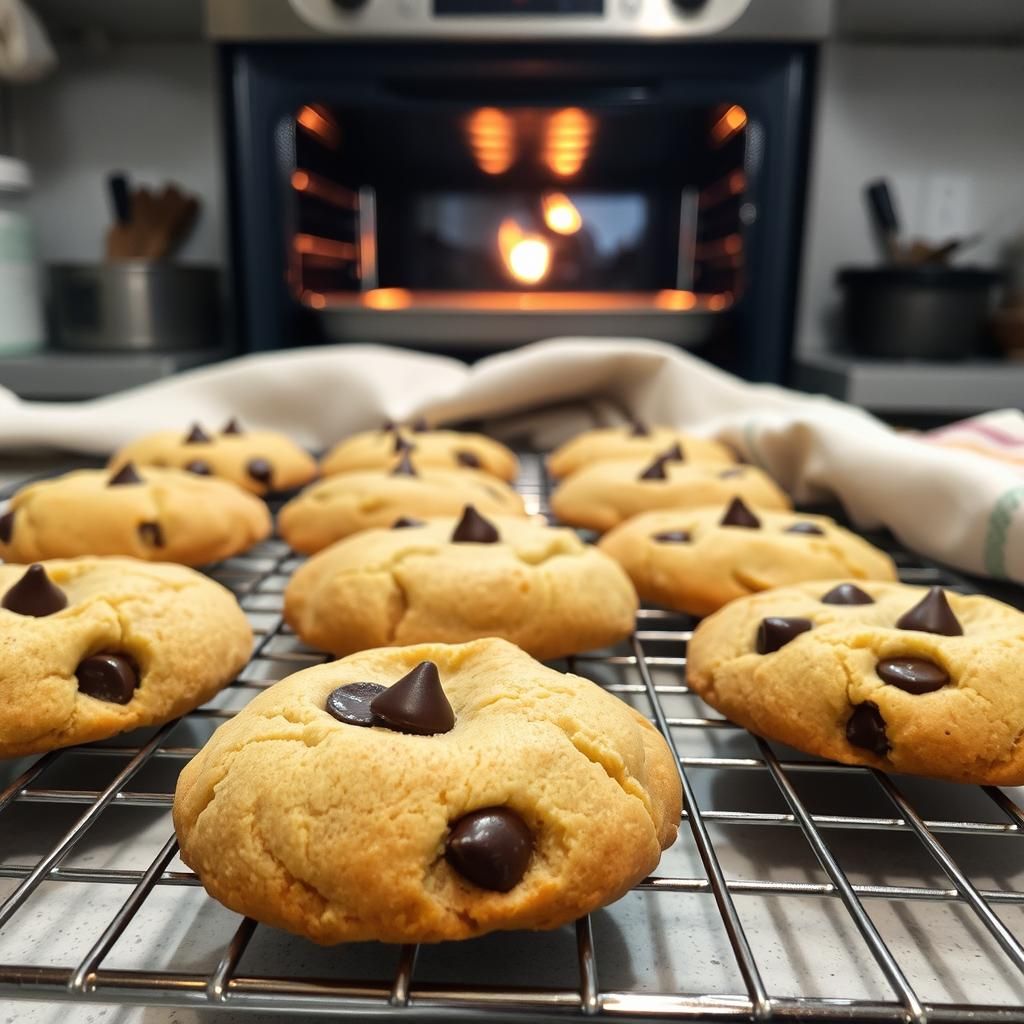
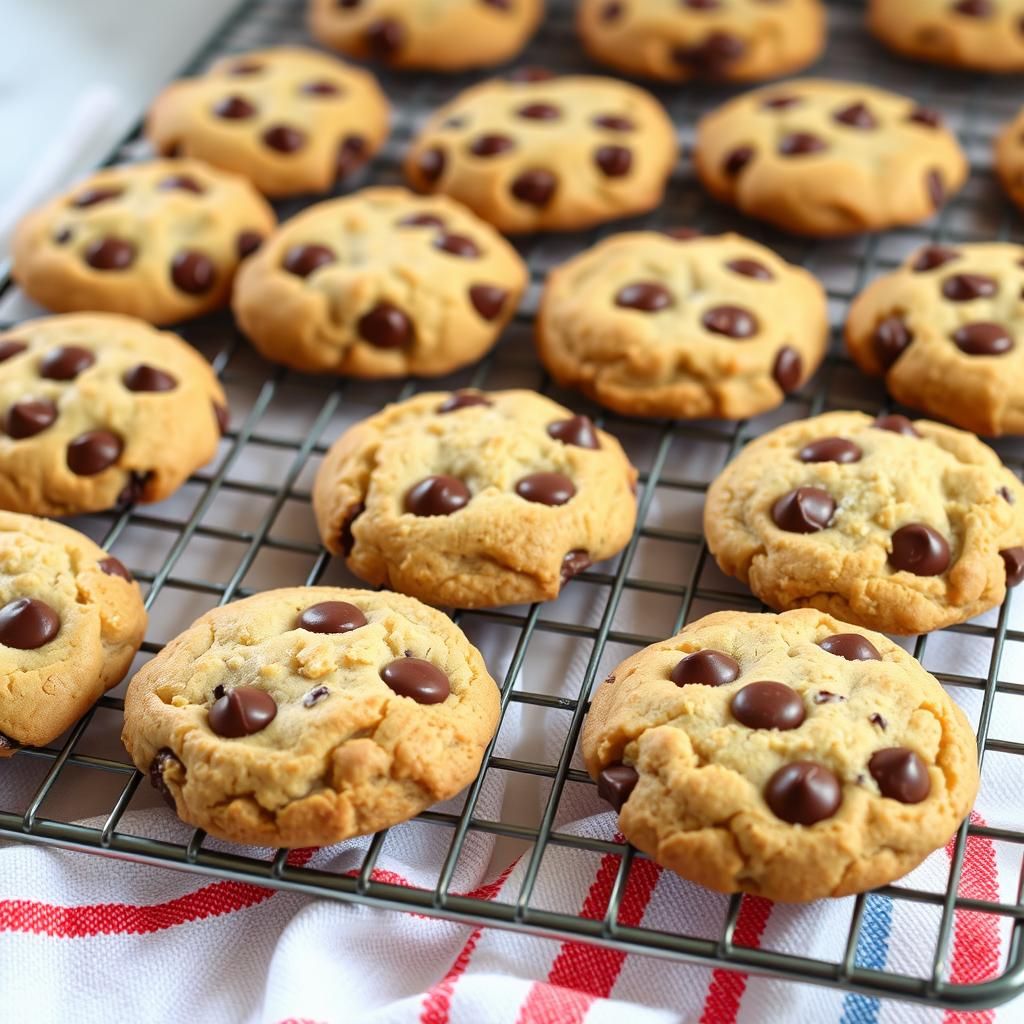

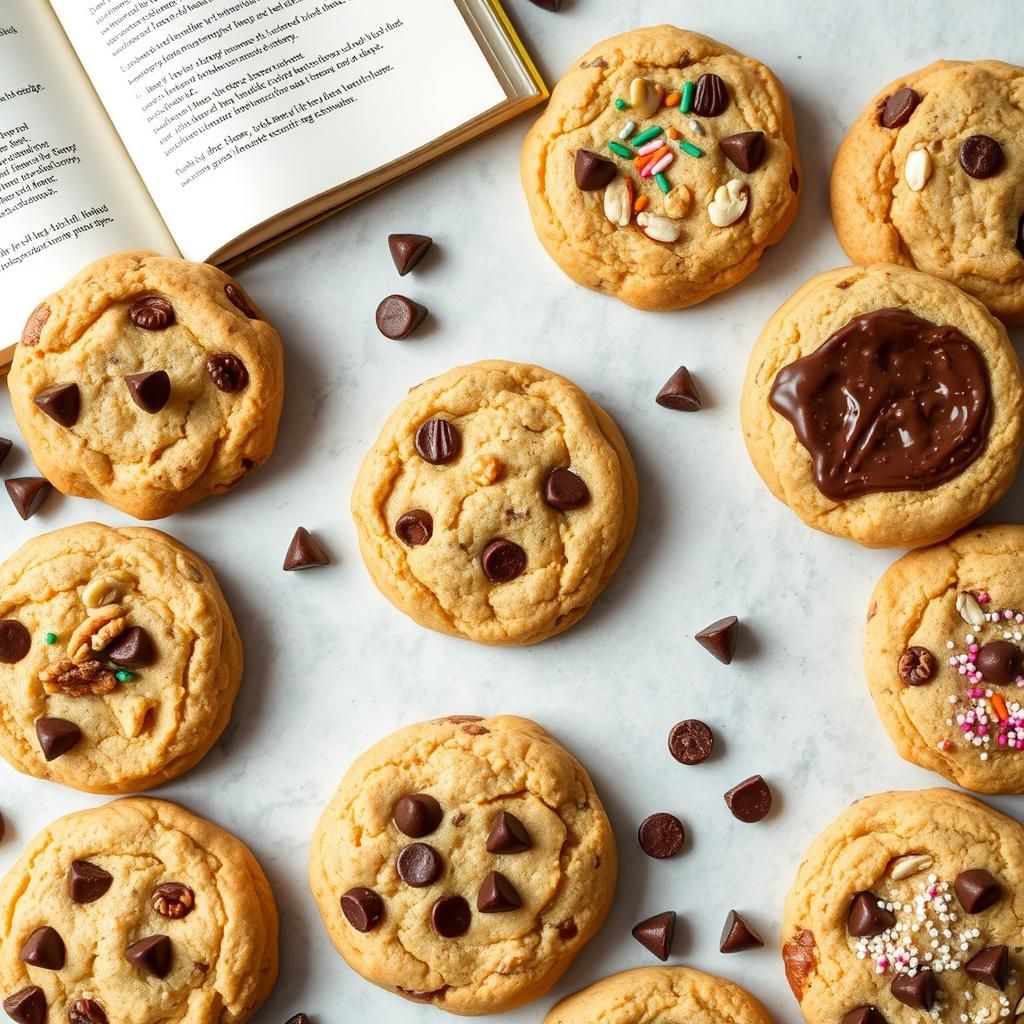
Troubleshooting Your Coconut Flour Cookies
Coconut flour can be tricky to work with. Here are some common issues and how to address them:
- Dry and Crumbly Cookies: This usually indicates that the dough is too dry. Add almond milk (or another liquid) one tablespoon at a time until the dough reaches a scoopable consistency. Ensure your butter is adequately softened as well.
- Flat Cookies: This could be due to not enough binding agent or too much liquid. Make sure you’re using the correct amount of eggs and don’t over-add liquid. Also, chilling the dough for 30 minutes before baking can help prevent spreading.
- Gummy Texture: This is often caused by underbaking. Ensure the cookies are fully baked and slightly golden brown around the edges.
- Strong Coconut Flavor: While some enjoy it, a strong coconut flavor can be overwhelming. Using a high-quality vanilla extract and balancing it with other flavors (like chocolate) can help mitigate this.
Variations and Add-ins: Customize Your Cookies
This recipe serves as a base for endless variations. Consider these additions to personalize your cookies:
- Nuts: Add chopped walnuts, pecans, or almonds for extra crunch and flavor.
- Spices: A pinch of cinnamon, nutmeg, or ginger can add warmth and complexity.
- Citrus Zest: Lemon or orange zest can brighten the flavor.
- Extracts: Experiment with almond, peppermint, or coconut extract.
- Seeds: Sprinkle sesame seeds, chia seeds, or flax seeds on top before baking for added nutrients and texture.
- Frosting: Once cooled, drizzle with sugar-free chocolate ganache or a simple sugar-free glaze.
Choosing the Right Sugar-Free Sweetener
The choice of sweetener significantly impacts the taste and texture of your cookies. Here’s a breakdown of popular options:
- Erythritol: A sugar alcohol that’s about 70% as sweet as sugar. It has a minimal impact on blood sugar levels and is well-tolerated by most people. It can sometimes have a cooling aftertaste.
- Stevia: A natural sweetener derived from the Stevia plant. It’s much sweeter than sugar, so use sparingly. Some people find it has a slightly bitter aftertaste.
- Monk Fruit: Another natural sweetener derived from a fruit. It has a clean, sweet taste and doesn’t raise blood sugar levels.
- Xylitol: Another sugar alcohol, similar to erythritol. However, it’s toxic to dogs, so exercise caution if you have pets.
- Blends: Many sweeteners are available as blends, combining erythritol with stevia or monk fruit to balance their individual characteristics.
Experiment to find the sweetener that best suits your taste preferences. Always follow the manufacturer’s instructions for conversion ratios, as sweetness levels vary.
The Science Behind Sugar-Free Baking
Understanding how sugar functions in traditional baking helps in finding suitable replacements. Sugar contributes to:
- Sweetness: Obvious!
- Moisture: Sugar is hygroscopic, meaning it attracts and retains moisture.
- Browning: Sugar caramelizes during baking, creating a golden-brown color and complex flavors.
- Texture: Sugar interferes with gluten development, resulting in a tender crumb.
- Structure: Sugar contributes to the overall structure of baked goods.
Sugar-free sweeteners primarily address the sweetness aspect. To compensate for the other functions, recipes often incorporate ingredients like:
- Eggs: Provide structure and binding.
- Fats (Butter, Coconut Oil): Add moisture and tenderness.
- Fiber (Coconut Flour): Helps with structure and moisture retention.
Storing Your Coconut Flour Cookies
To maintain freshness, store your coconut flour sugar-free chocolate chip cookies in an airtight container at room temperature for up to 3 days. They can also be frozen for longer storage (up to 2 months). To freeze, place the cookies in a single layer on a baking sheet, freeze until solid, then transfer them to a freezer-safe bag or container.
The Importance of High-Quality Ingredients
The quality of your ingredients directly impacts the final product. Opt for:
- Fresh Coconut Flour: Check the expiration date and ensure it’s properly stored to prevent rancidity.
- Good Quality Butter: Use unsalted butter to control the salt content.
- Pure Vanilla Extract: Avoid imitation vanilla, which lacks the depth of flavor.
- Sugar-Free Chocolate Chips: Choose a brand that uses high-quality cocoa and sweeteners you enjoy.
Coconut Flour vs. Almond Flour: A Quick Comparison
While both are popular gluten-free flours, they have distinct characteristics:
| Feature | Coconut Flour | Almond Flour |
|---|---|---|
| Texture | Fine, powdery | Coarse, slightly grainy |
| Absorbency | Very high, requires more liquid | Lower, requires less liquid |
| Flavor | Distinct coconut flavor | Mild, nutty flavor |
| Fiber Content | Higher | Lower |
| Fat Content | Lower | Higher |
| Uses | Cakes, muffins, cookies, thickener | Cakes, muffins, cookies, breading |
Coconut flour generally results in a drier, denser texture, while almond flour produces a more moist and tender crumb. They are not always interchangeable in recipes.
Health Benefits Beyond Gluten-Free
Beyond being gluten-free, these cookies offer additional health perks:
- Improved Blood Sugar Control: Sugar-free sweeteners and high fiber content help regulate blood sugar levels.
- Increased Fiber Intake: Coconut flour is a great source of dietary fiber, which supports digestive health.
- Healthy Fats: The MCTs in coconut flour provide a source of sustained energy.
- Suitable for Various Diets: These cookies can be adapted for paleo, keto, and vegan diets (with appropriate substitutions).
Elevate Your Baking Experience
Baking coconut flour sugar-free chocolate chip cookies is a rewarding experience. With a little practice and attention to detail, you can create a delicious and guilt-free treat that everyone will enjoy. Don’t be afraid to experiment with variations and find your perfect combination of flavors. Enjoy the process, and happy baking!
Troubleshooting Summary: Quick Tips
- Too Dry? Add liquid (almond milk or water) 1 tbsp at a time.
- Too Flat? Chill dough before baking; ensure proper egg quantity.
- Too Gummy? Bake longer; check oven temperature.
- Strong Coconut Taste? Use high-quality vanilla extract; balance flavors.
By following these guidelines, you’ll be well on your way to mastering the art of coconut flour baking and enjoying these delicious, guilt-free chocolate chip cookies! Remember that baking with alternative flours is often a journey of experimentation, so don’t be discouraged if your first batch isn’t perfect.
Check Out This!
Affiliate Link Disclosure: Some of the links in this post are affiliate links. This means that if you click on the link and make a purchase, I may receive a small commission at no extra cost to you. I only recommend products or services that I personally use and believe will be valuable to my readers.

